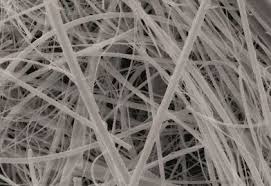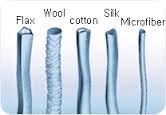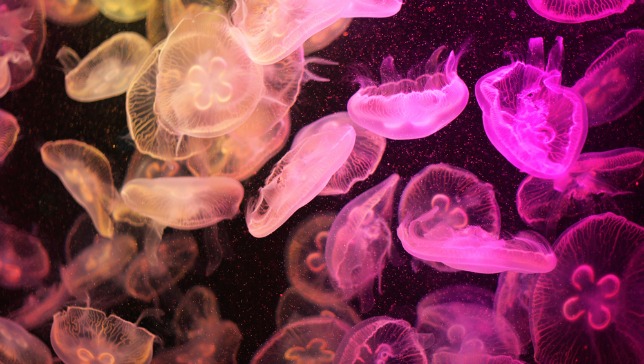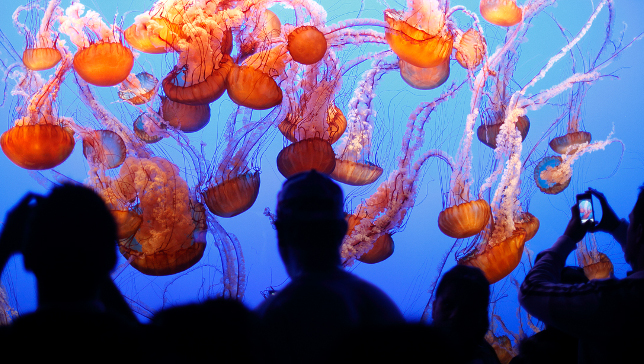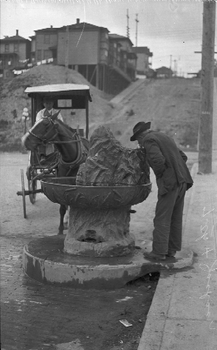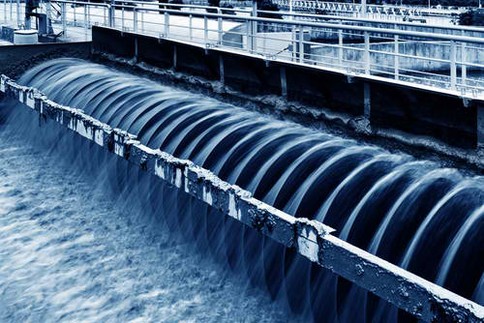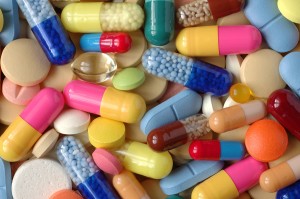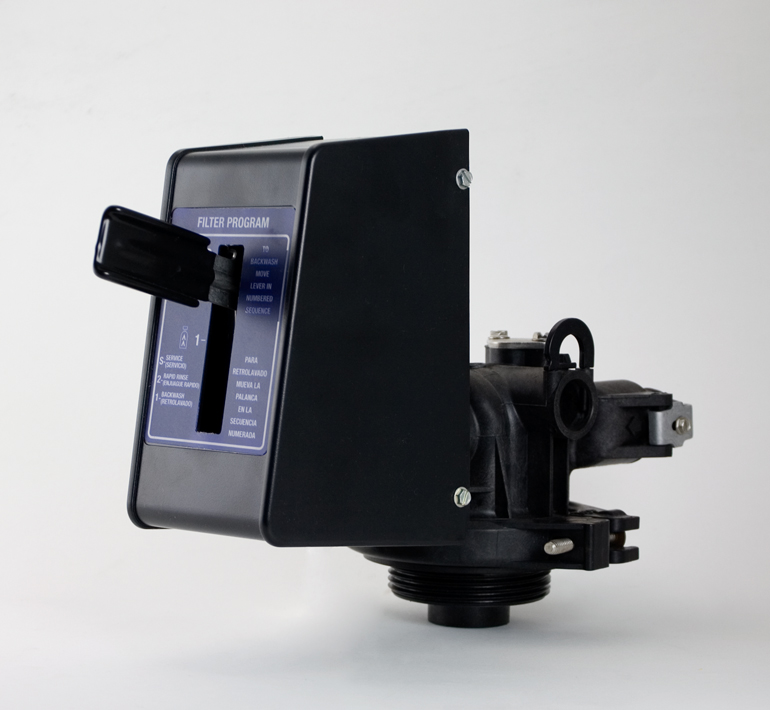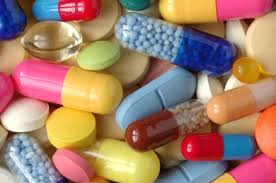Dirty Water Is Leading to Obesity and Diabetes in California
by Colleen Curry
A lack of access to clean drinking water in rural California farm communities is leading residents to turn to sugary drinks and soda, contributing to obesity and Type 2 diabetes, researchers said in a new policy paper.
The report, from the University of California Davis Center for Poverty Research, finds that many agricultural immigrant communities in California’s Central Valley have difficulty obtaining clean, drinkable water. And even in those that do have clean water, a persistent belief in the contamination of water leads individuals to buy alternatives, including soda and other sugar-heavy drinks.
Researchers at the school interviewed mothers in poor, rural, unincorporated towns in the Central Valley for the report. They found that the women would not drink the water or give it to their children because of its “unpleasant taste, dirty or yellow appearance, excessive iron, and/or general contamination.” Instead, the women purchased bottled water or other drinks at nearby stores. They reported that their children drink soda or sugary drinks at least two to three times per week.
“The prevalence of obesity and Type 2 diabetes in California is higher among low-income minority populations than white affluent populations. A combination of environmental factors, including a lack of access to healthy foods and nutrition education — and safe drinking water — likely contribute to these disparities,” the team wrote. “Decreasing sugar-sweetened beverage consumption is key to preventing obesity and nutrition-related chronic disease.”
According to information provided by the Community Water Center, the San Joaquin Valley, which is part of the Central Valley, has the highest rates of drinking water contamination and the greatest number of public water systems with contaminant violations in the state. The water supply is tainted with nitrates, arsenic, coliform bacteria, pesticides, disinfectant byproducts, and uranium, according to the group, which attributes the contaminants to fertilizers, pesticides, large-scale animal feed operations, and mining.
Ryan Jensen, a community organizer with the Community Water Center, an advocacy group serving the region, explained that it’s not just environmental issues at play.
“It’s also an institutional and structural issue,” he told VICE News. “You’re dealing with a lot of very small unincorporated communities, a very poor population. So they don’t have the resources to deal with issues or the technical knowledge to be able to address it effectively.”
Jensen said some studies have found that as many as one-quarter of all of the communities in the Central Valley don’t have drinkable water.
“At one time the pinnacle of modernization was that you could walk into your home or apartment and turn on the water and it would be safe to drink,” said Harold Goldstein, the director of the California Center for Public Health Advocacy.
Goldstein told VICE News that the policy report from UC Davis highlights the dangers of sugary drinks and their disproportionate effect on poor immigrant communities. He said that nearly one-third of all patients over 35 admitted to hospitals in California have diabetes, while that figure jumps to 43 percent among Latinos.
“People have come from countries where the water wasn’t good to drink. There may be a sense that the water isn’t safe to drink from their own history and this enforces that,” he said.
“If that’s the case you’ve got to go to the store and buy something, and there’s a lot of marketing to induce people to consume the growing plethora of sugary drink. There are signs, ‘buy 12 packs of soda for the price of 2,’ you know? So making sure people have access to water is absolutely essential.”
He criticized the soda companies for their slogans, including Pepsi with “Live for Now,” and Coca-Cola with “Open Happiness.”
“Yeah, live for today, day of diabetes tomorrow,” he said. “Or Coke’s campaign is open happiness, it doesn’t say open a bottle of insulin.”
Goldstein advocates for a tax and warning label on sodas and sugary drinks, the profits from which could be used to make sure clean water is more readily available.
Ken McDonald, the city manager of Firebaugh, California, a small town about 45 miles outside of Fresno, said that his city has a water treatment system that provides clean drinking water to residents, but the problem is that many outlying residents — some up to 20 miles away — have a Firebaugh address but are not hooked up to the town water system.
“The whole thing is a little larger than just the city,” McDonald told VICE News, explaining that the Central Valley’s history as an ancient seabed made its groundwater vulnerable to mineral deposits trapped underground. “So our water in the municipal system has to go through a treatment process to make it potable. Unpotable water is an issue outside of city limits, out on Interstate 5, which is about 20 miles away.”
The state of California has become more responsive to pleas for help on behalf of the communities, Jensen stressed, though as they lack the resources, it can sometimes take three years to apply for grant money and use it to build water facilities.
“It’s changing and it’s changing very rapidly. The state is making a lot of strides toward improving that situation,” he said. “But there are a lot of communities that don’t have or aren’t very well equipped to deal with the structure.”
Source: Vice News.




